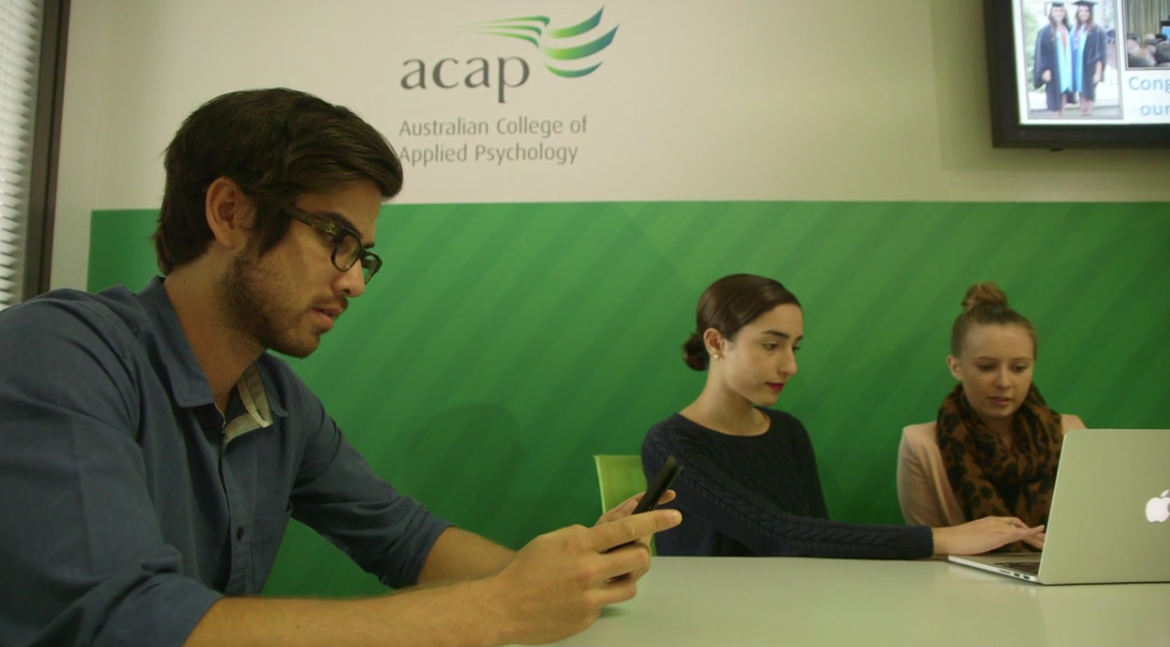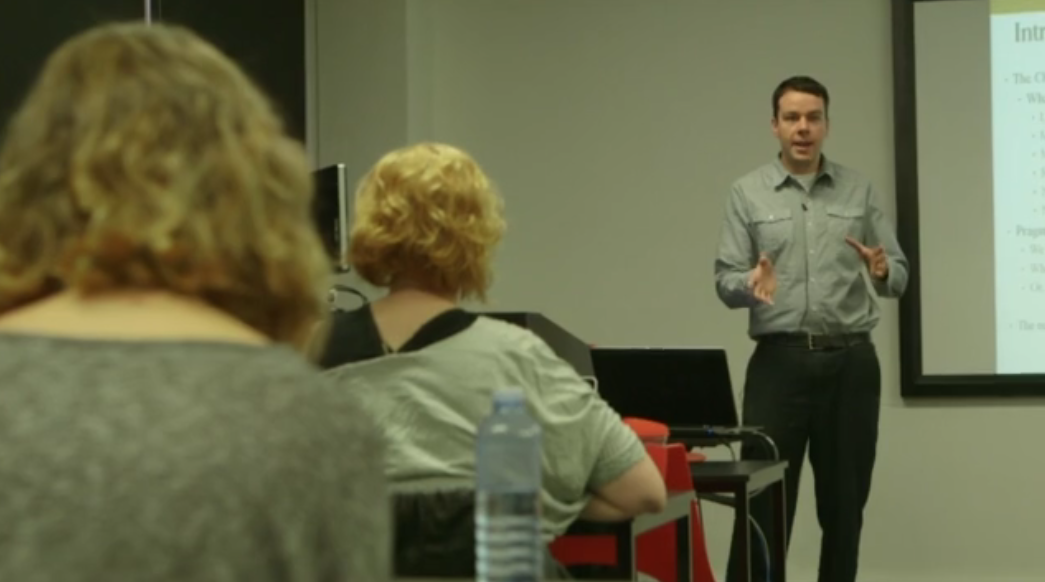Active Learning Brings Anatomy & Physiology to Life

LeMoyne College is a private Jesuit institution in Syracuse, New York with more than 3,500 undergraduate and graduate students. Founded in 1946, it is the first Jesuit co-educational college in the United States.
Students enrolled in the Physician’s Assistant (PA) program often need to review lectures and supplemental materials in order to master the practical and clinical skills required by their profession. Echo360 is used by instructors in the program to help meet this need for the students.
Rebecca Brown, Assistant Academic Coordinator, teaches both Anatomy & Physiology and Clinical Procedures using Echo360.
“It’s very important for these future PAs to have a detailed understanding of human anatomy. So, I use Echo360 to record supplemental lectures and reviews where I point out anatomical features on human cadavers in our anatomy lab. It makes it much easier for the students as they can review all of these structures from home and they don’t need to be in the lab to do this,” Brown adds.
Microlectures and Contingency Planning
“The supplemental material that I record lets me add information and even answer questions that I may not have been able to get to in class. These are usually shorter lectures than what I present in class. Students use them extensively to study and review for their practical exams. They find it extremely helpful to be able to view the material multiple times. It helps them to better understand.
And recently when I had to miss class due to injury, I used Echo360 to record lectures and was able to stay right on schedule. Students were able to watch the recorded lectures and I didn’t have to reschedule classes.”
Using Learning Data to Modify Instruction and Identify At-Risk Students
Prior to presenting her classroom lecture, Brown uses the student engagement features within Echo360 to do a quick check of student understanding of the lecture topic.
“It’s usually just a single-question quiz, but it helps me to understand where the students are in terms of their knowledge. I can then modify my presentation to clear up any misunderstanding.”
Brown is also beginning to use the Echo360 analytics to relate various student behaviors back to outcomes and grades.
“What has been really interesting is to see amount of notes students take. Students are taking more notes on laptops than ever before. In fact, some students take thousands of words of notes and I’m just beginning to see how this correlates to their performance. Overall, I can actually see how engaged students are with the class and with the material. I don’t have to guess. I have a better sense of their engagement, their involvement, how much time students are spending on the class and so on. Not everyone takes notes within the active learning platform. But, I can also see if students are answering the quiz questions and whether or not they watching the videos. So, it gives me a fairer assessment and helps me to identify students who are struggling. I can then make recommendations about things they might do differently to be successful.”
Flipping the Classroom and Applying Knowledge in a Realistic, Clinical Setting
Moving forward, Brown anticipates adopting more of a flipped classroom approach where students will watch the videos before coming to class.
“It does take some up-front investment in terms of time, but I am creating a ‘library’ of recorded lectures,” Brown says. “Since basic anatomy does not change, I can use previously recorded lectures to highlight the anatomical features students need to know for their practical exams. I have 3 lab sections, and before I would have to present a lecture 3 times, once for each lab section. Now, I can just record the lecture once. This frees up both classroom and lab time for other activities.”
What kinds of activities does she foresee?
“We can do dissection of course, as well as other practical activities that should be done in the presence of an instructor,” Brown says. “I really want to use classroom time to present ‘real-life’ clinical case studies that will require students to actually apply what they are learning in a monitored, clinical setting. I can present these case studies via lecture or PowerPoint presentation. Then, by using the quiz feature within Echo360, I can ask questions such as, ‘What kind of tests would you order?’ ‘What treatment would you give?’ This makes the classroom activity clinically relevant to what we are discussing. It will get students thinking about how the information we are presenting actually APPLIES to their patients. I feel this will make class more relevant to students. Rather than just lecture, students will actually have to apply what they learning in a clinical setting. It will encourage students to be more engaged.”


